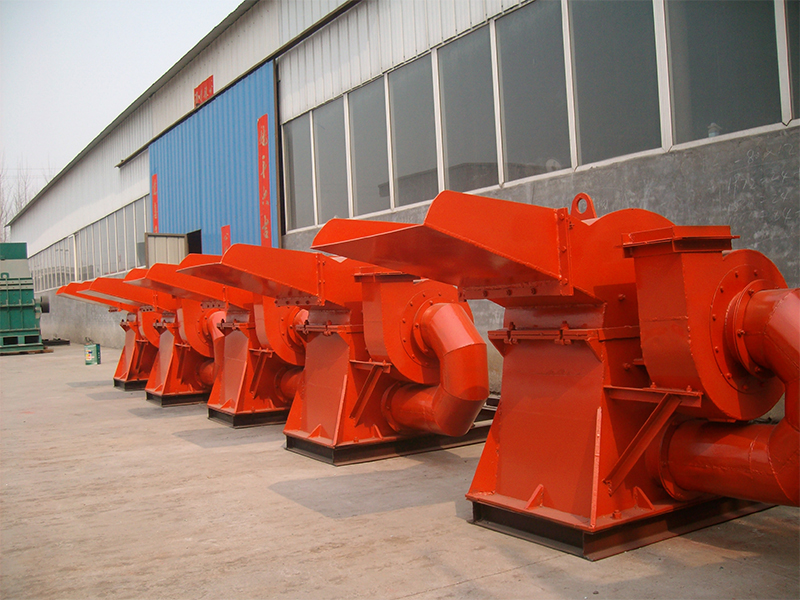Mail: htcrusher@hamachine.com
Telephone: 008618838076345
Links: YOUTUBE TWITTER FACEBOOK

Introduction:
Mining operations are crucial for the extraction of valuable minerals from the earth's crust. However, these processes often involve complex procedures that require specialized equipment to ensure efficiency and safety. One such piece of equipment that has gained popularity in recent years is the dry and wet wood crusher, which has been put into practice in various mining sites across South Korea. In this article, we will explore the role of dry and wet wood crushers in mineral extraction and selection, as well as their practical applications in the South Korean mining industry.
The Importance of Dry and Wet Wood Crushers in Mining
Mining operations typically involve two main stages: extraction and selection. During the extraction stage, raw materials are removed from their natural environment using techniques such as drilling, blasting, or excavation. Once extracted, the materials must undergo a selection process to separate the valuable minerals from unwanted components like rock debris or other impurities. This is where dry and wet wood crushers come into play.
Dry and wet wood crushers are designed to handle both dry and wet materials, making them versatile tools for crushing wood chips, bark, branches, and other organic matter found in mining sites. These crushers use high-speed rotating blades to shred the material into smaller pieces, which can then be easily transported or further processed. By reducing the size of the organic waste, dry and wet wood crushers help improve the efficiency of downstream processes such as mineral separation and concentration.

Practical Applications of Dry and Wet Wood Crushers in South Korea
In South Korea, dry and wet wood crushers have been successfully implemented in various mining projects, including coal mines, metal mines, and non-metallic mines. One notable example is their use in coal preparation plants, where they play a crucial role in crushing coal gangue (waste) before it is sent to the coal washing plant for further processing. By reducing the size of the coal gangue, dry and wet wood crushers help improve the efficiency of coal washing operations, resulting in higher yields of clean coal with reduced impurities.
Another application of dry and wet wood crushers in South Korea is in the recycling of mine tailings. Tailings are solid waste materials left over after the extraction and processing of valuable minerals from ore. By crushing these tailings into smaller particles using dry and wet wood crushers, they can be more easily transported and disposed of safely, minimizing environmental impact and potential health risks associated with mine waste disposal.
Conclusion:
Dry and wet wood crushers have proven to be valuable aids in mineral extraction and selection processes, particularly in the South Korean mining industry. Their ability to handle both dry and wet materials makes them versatile tools for crushing organic waste found in mining sites, improving the efficiency of downstream processes such as mineral separation and concentration. With continued advancements in mining technology, it is likely that dry and wet wood crushers will continue to play a vital role in enhancing the productivity and sustainability of mining operations worldwide.
Copyright © hengtong machinery Privacy Policy